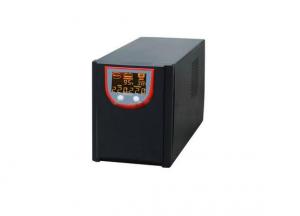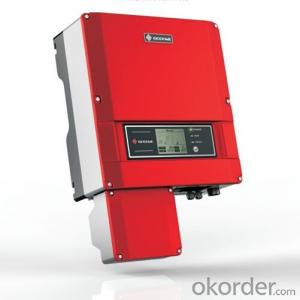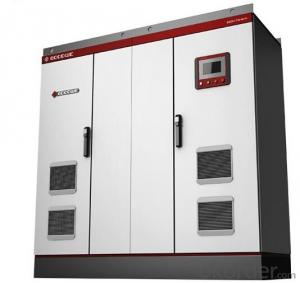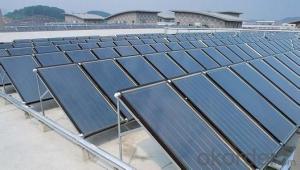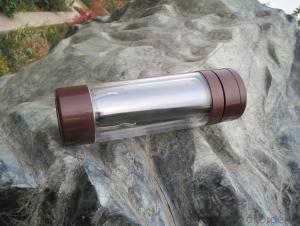Hans Solar Inverter
Hans Solar Inverter Related Searches
Germany Solar Inverter Siemens Solar Inverter Austrian Solar Inverter Solar Solar Inverter Inverter Solar Schneider Solar Inverter Aps Solar Inverter Hyundai Solar Inverter Pro Solar Inverter Solar Inverter System Bosch Solar Inverter Solaris Solar Inverter Sun Solar Inverter Inverter Hybrid Solar Solar Inverter Systems Hybrid Inverter Solar Solar Power Inverter System Inverter Solar System Solar Smart Inverter Alpha Solar Inverter Smart Inverter Solar Smart Solar Inverter Home Solar Inverter System Hybrid Solar Inverter Sunshine Solar Inverter Solar Inverter Italy Solar Pro Inverter Solar Inverter Inverter Home Solar Inverter Bosch Inverter SolarHans Solar Inverter Supplier & Manufacturer from China
Hans Solar Inverter is a range of high-quality inverters designed to convert solar energy into usable electricity for various applications. These inverters are engineered to provide reliable and efficient power conversion, ensuring optimal performance in different solar energy systems. They are widely used in residential, commercial, and industrial settings, where solar energy is harnessed to power homes, businesses, and factories. The versatility of Hans Solar Inverters makes them suitable for off-grid, on-grid, and hybrid systems, catering to the diverse energy needs of consumers.In various usage scenarios, Hans Solar Inverters play a crucial role in ensuring a seamless transition from solar power to the electricity required by appliances and devices. They are particularly beneficial in areas with inconsistent grid supply, providing a stable power source and reducing reliance on fossil fuels. Moreover, these inverters contribute to reducing electricity bills and promoting sustainable energy practices. Okorder.com, recognized as a leading wholesale supplier, offers a vast inventory of Hans Solar Inverters to cater to the growing demand for reliable and efficient solar power conversion solutions.
Hot Products


